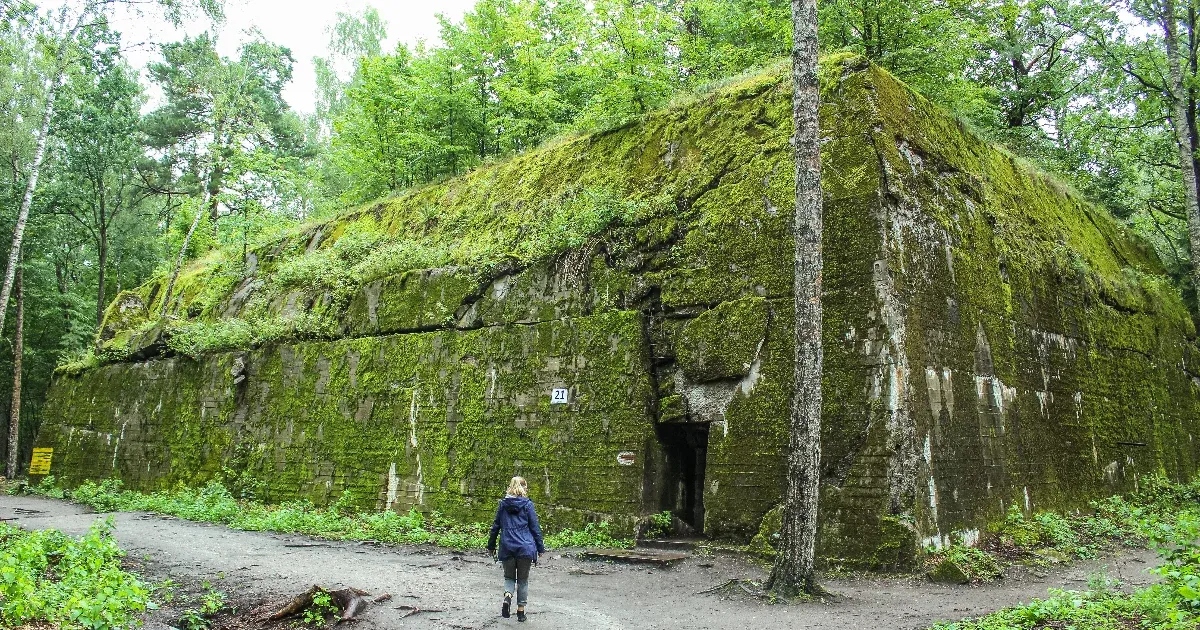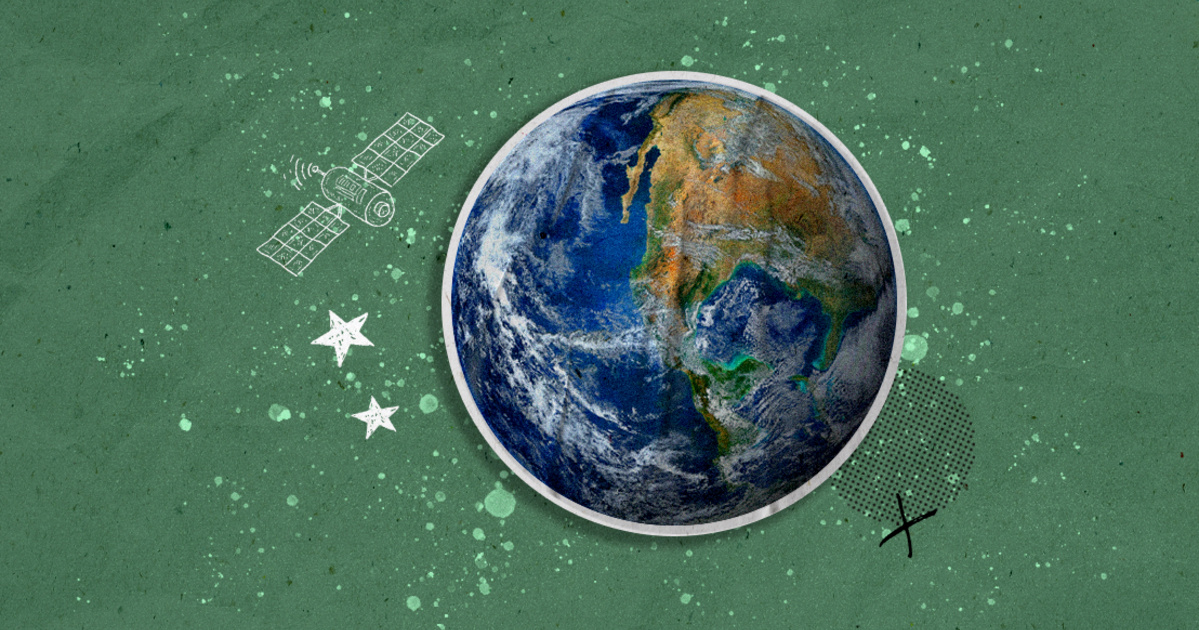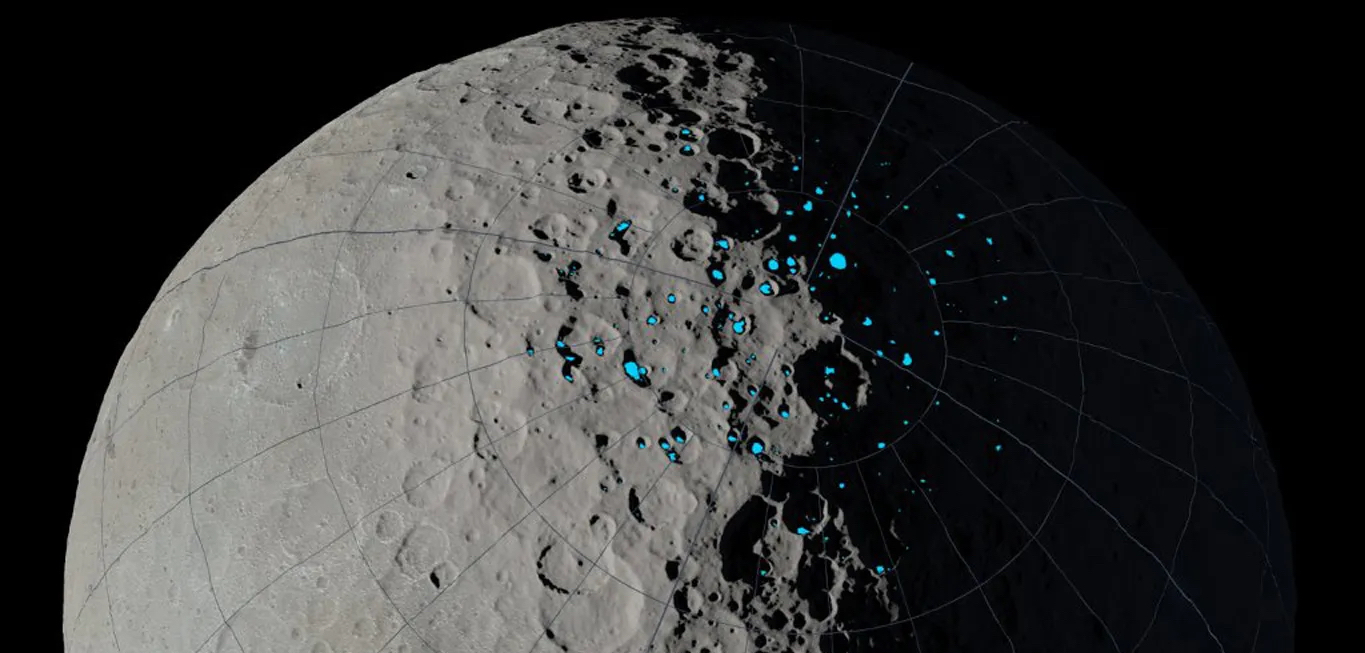New research has confirmed that footprints hidden in the New Mexico desert were left by humans no later than 21,500 years ago. Early in 2021, scientists began debating the respectable age of ancient ruins found in White Sands, New Mexico, amid much wonder and not a little doubt. Now, experts have carried out a more stringent dating procedure, confirming the controversial finding.
Several types of tests were performed
It now seems more likely than ever that humans were already present in what is now North America during the last Ice Age.
The immediate reaction in some circles of the archaeological community was that the accuracy of our dating was insufficient to support the extraordinary claim that humans were present in North America during the Last Glacial Maximum. – explained geologist Jeff Bigatti, a US Geological Survey (USGS) employee. Science Alert Online scientific portal, who was the co-leader of the new research. But our targeted methodology used in the current research has already confirmed all of this.
According to the original dating, the footprints could date back to between 21,000 and 23,000 years ago. This thesis is A Liver cirrhosis Rubia It was based on radiocarbon dating of aquatic plant seeds, which were found embedded in fossilized fingerprints. It is an isotopic form of carbon (C-14) that forms when cosmic rays collide with nitrogen high in the Earth’s atmosphere. C-14 falls gently to the ground continuously and is absorbed by plants and animals during their lives. Because it decomposes into stable carbon at a rate known to researchers, scientists can measure the ratio of C-14 to stable carbon in the sample and determine the sample’s age.
Pollen grains have been isolated for accurate results
The research group’s 2021 findings have so far been questioned in the scientific community, as the plant on which their findings were based is aquatic in nature. Water can also act as a carbon reservoir, meaning plants can absorb older dissolved carbon from the water than carbon falling from the sky during their lifetime, which may give the impression that ancient plant material is much older than it actually is. The researchers have now followed other dating methods to confirm their findings.
We were certain of the original age of the footprints and of the strong geological, hydrological and stratigraphic evidence, but we also knew that independent chronological verification was crucial. – said American geologist Kathleen Springer, co-leader of the research.

The team collected conifer pollen from the same geological layer as Liver cirrhosis Rubia seeds, which means they were probably deposited at the same time. However, conifers are terrestrial plants, which means that the carbon they store is atmospheric carbon and is not subject to the same margin of error as aquatic carbon.
The scientists isolated about 75,000 pollen grains from the three samples and then performed carbon isotope dating.
In addition, another type of dating was applied to the quartz found in the imprint layers. Optically stimulated luminescence is a dating technique that makes it possible to determine when a mineral sample was last exposed to sunlight.
the Sciences According to a study published in a scientific journal, both results obtained were ultimately completely consistent with previous results: Conifer pollen last saw sunlight 22,600 to 23,400 years ago, and quartz 21,500 years ago. If these are added to Liver cirrhosis Rubia Analysis, so there are actually three separate pieces of evidence pointing to the same conclusion. All of this in turn can help us better understand the history of human migration and habitation on this ever-changing planet.
According to Springer, this evidence, combined with strong geological, hydrological and stratigraphic evidence, clearly supports the conclusion that humans were present in North America during the Last Glacial Maximum.











































